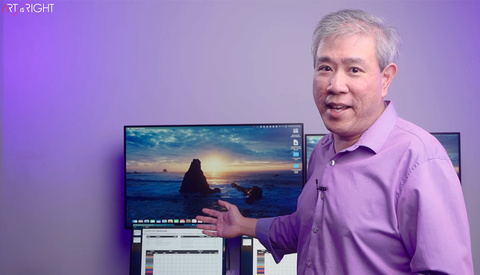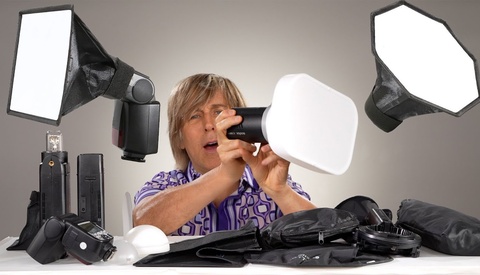Transform Sky Colors Using Simple Lightroom Techniques
Editing skies in landscape photos can be challenging, especially when you want to create a vibrant, natural look. Using Lightroom’s tone curve is an effective way to add depth and color without overcomplicating your workflow.




















